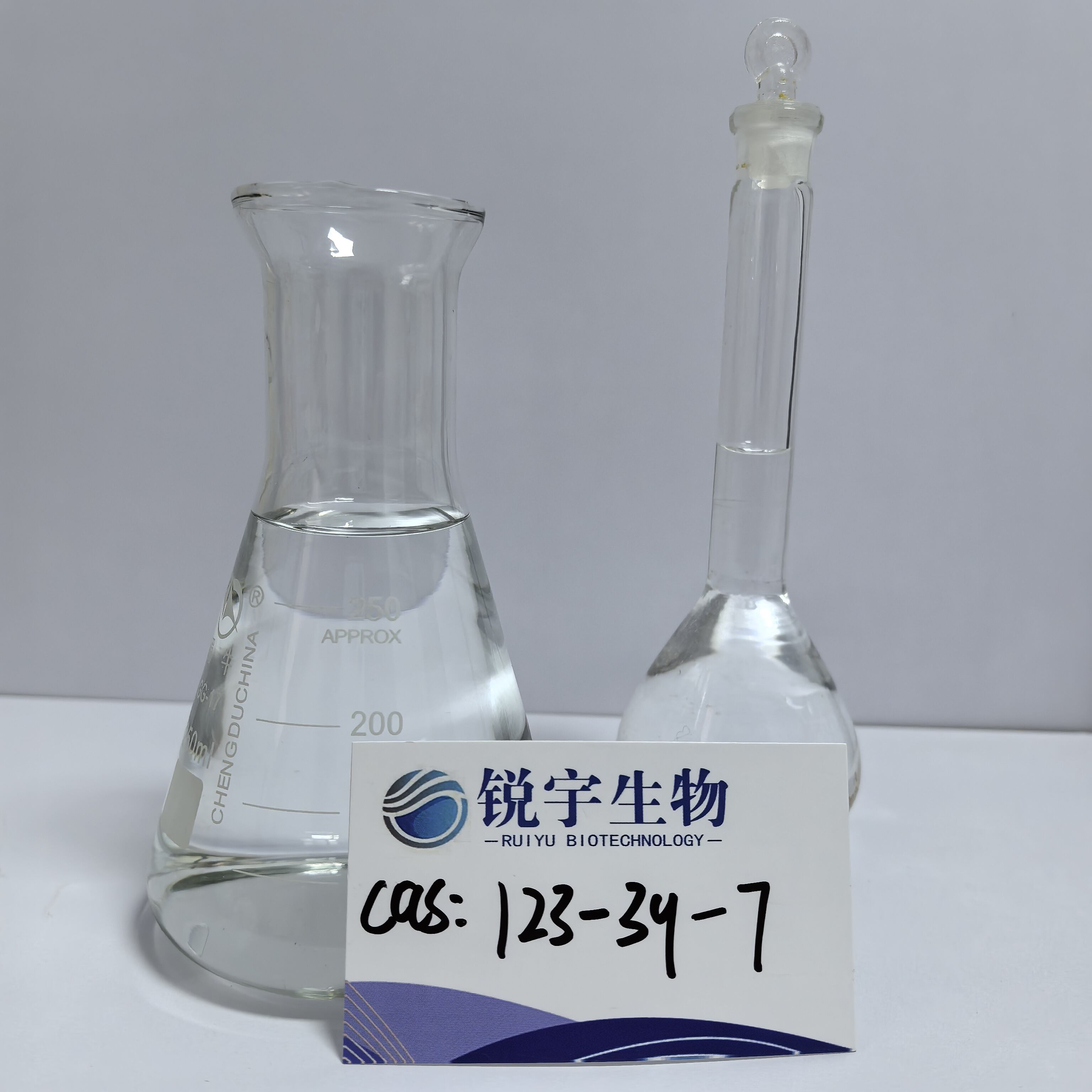
Testing methylformamide purity is a multi - step process crucial for ensuring its suitability in applications ranging from fine chemical synthesis to electronics manufacturing. One of the primary methods is gas chromatography (GC). In this technique, a sample of methylformamide is vaporized and injected into a GC column. The different components in the sample, including methylformamide and any potential impurities, travel through the column at different rates based on their chemical properties. By measuring the retention times of the peaks on the chromatogram, analysts can identify and quantify the purity of methylformamide. High - performance liquid chromatography (HPLC) is another effective method. HPLC separates the components of the methylformamide sample based on their interaction with a stationary phase and a mobile phase. The detector in the HPLC system measures the amount of each component, allowing for an accurate determination of methylformamide purity. Additionally, melting point and boiling point determination can be used as a simple yet effective way to assess purity. Pure methylformamide has a specific melting and boiling point range, and any deviation from these values may indicate the presence of impurities. Spectroscopic methods such as nuclear magnetic resonance (NMR) can also provide detailed information about the molecular structure of methylformamide and the presence of any foreign molecules, further aiding in the accurate determination of its purity.